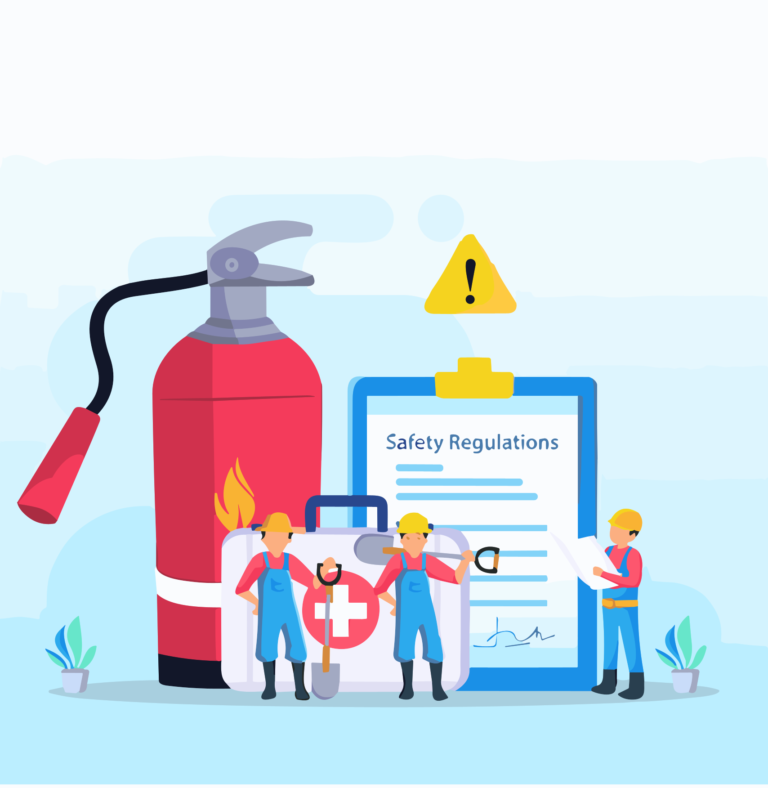
The Impact of Employee Involvement on Workplace Safety
Research on the impact of employee involvement on workplace safety, employee participation in safety initiatives, benefits of employee engagement in safety, examples of successful employee involvement in safety, and strategies to promote employee involvement in safety.
Abstract:
This article explores the significance of employee involvement in enhancing safety within work environments. It highlights the positive outcomes that can be achieved when employees actively participate in safety initiatives and decision-making processes. The article also provides real-life examples to illustrate the effectiveness of employee involvement in promoting a safe and secure workplace.
- Introduction:
Workplace safety is a critical concern for organizations across industries. In recent years, there has been a growing recognition of the role that employee involvement plays in ensuring a safe working environment. This article aims to shed light on the impact of employee involvement on workplace safety and provide practical examples to support this notion.
- Importance of Employee Involvement:
Employee involvement refers to the active participation of employees in safety-related activities, such as hazard identification, risk assessment, safety training, and the development of safety protocols. When employees are actively engaged in these processes, they develop a sense of ownership and responsibility towards safety, leading to improved safety outcomes.
- Enhanced Hazard Identification:
One of the key benefits of employee involvement is the increased ability to identify potential hazards in the workplace. Employees, being directly involved in day-to-day operations, possess valuable insights and firsthand knowledge of potential risks. Their active participation in hazard identification programs ensures a comprehensive and accurate assessment of workplace hazards.
For example, in a manufacturing facility, employees actively participate in regular safety inspections and report any potential hazards they come across. This proactive involvement enables the organization to address these hazards promptly, reducing the likelihood of accidents or injuries.
- Improved Safety Training and Communication:
Employee involvement also plays a crucial role in the development and implementation of safety training programs. When employees are actively engaged in the training process, they are more likely to understand and retain safety information. This leads to a higher level of compliance with safety protocols and procedures.
Furthermore, employee involvement facilitates effective communication channels for safety-related concerns. Employees can provide valuable feedback, suggestions, and insights, which can contribute to the continuous improvement of safety practices within the organization.
- Empowered Safety Culture:
By involving employees in safety-related decision-making processes, organizations foster a culture of safety and accountability. When employees feel empowered to voice their concerns and actively participate in safety initiatives, they become more committed to maintaining a safe working environment.
For instance, in a construction company, employees are encouraged to actively participate in safety committees and provide input on safety policies. This inclusive approach creates a sense of ownership and shared responsibility, resulting in a stronger safety culture.
- Conclusion:
Employee involvement is a crucial factor in promoting workplace safety. By actively engaging employees in safety-related activities, organizations can benefit from enhanced hazard identification, improved safety training, and the development of a strong safety culture. Real-life examples demonstrate the positive impact of employee involvement on workplace safety. Embracing employee involvement as a core aspect of safety management can lead to a safer and more productive work environment.

